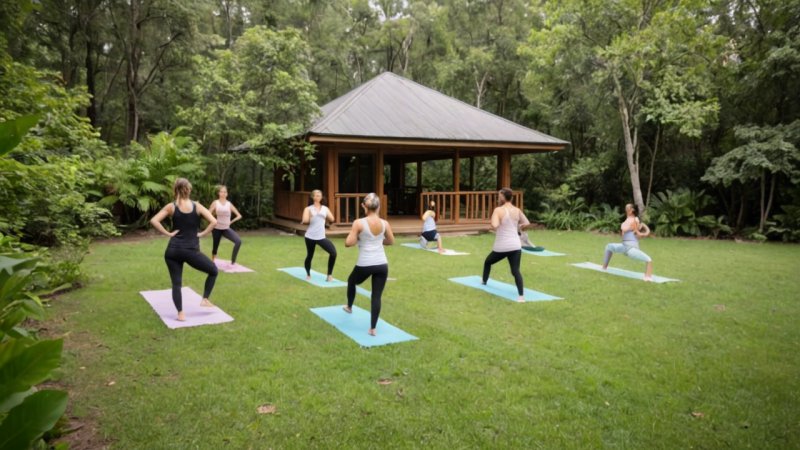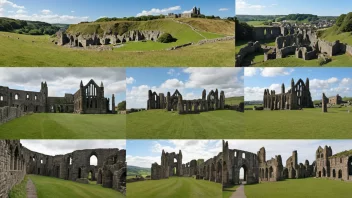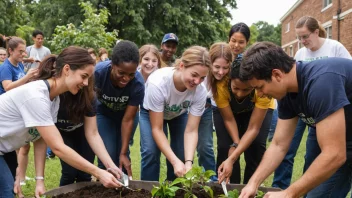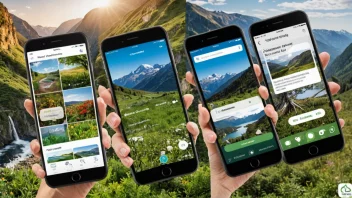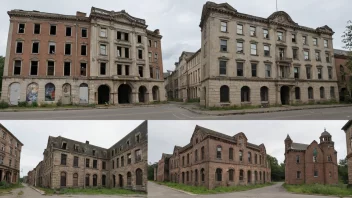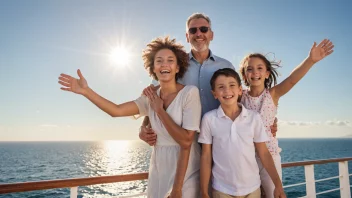In today's fast-paced world, wellness retreats have become sanctuaries for those seeking respite from daily stressors and a chance to reconnect with their inner selves. Documenting your experience at a wellness retreat can not only enhance your personal growth but also provide a meaningful way to reflect on your journey. Whether you are a seasoned traveler or embarking on your first retreat, capturing the essence of your experience can help solidify your learnings and inspire others. This article explores various methods and tips on how to effectively document your wellness retreat experience, ensuring that you can revisit the tranquility and insights gained long after the retreat is over.
Understanding the Purpose of Documentation
Before diving into the methods of documenting your wellness retreat, it is essential to understand why documentation is important. The purpose of documenting your experience can include:
- Reflection: Writing down your thoughts and feelings allows for deeper introspection.
- Sharing: Your experiences can inspire others to embark on their own wellness journeys.
- Memory Preservation: Capturing moments helps in retaining memories that can fade over time.
- Tracking Progress: Documenting your experiences can help you see how far you’ve come in your wellness journey.
Choosing the Right Documentation Method
There are various ways to document your wellness retreat experience. The method you choose will depend on your personal preferences and what resonates with you the most.
1. Journaling
One of the most traditional forms of documentation is journaling. Journaling allows you to express your thoughts freely and can be incredibly therapeutic. Here are some tips for effective journaling during your retreat:
- Set Aside Time: Dedicate specific times each day to reflect and write.
- Be Honest: Write what you truly feel without censoring yourself.
- Use Prompts: If you struggle with what to write, use prompts like "What did I learn today?" or "How did I feel during meditation?"
- Include Details: Describe your surroundings, the food, the people, and your emotions.
2. Photography
Visual documentation through photography can capture the beauty of your surroundings and the essence of your experience. Here are some tips for effective photography:
- Capture Nature: Take photos of the landscapes, gardens, or any natural elements that resonate with you.
- Document Activities: Photograph classes, workshops, and interactions with fellow retreat-goers.
- Focus on Emotions: Candid shots of laughter, meditation, or quiet contemplation can tell a powerful story.
3. Blogging or Vlogging
If you enjoy sharing your experiences with a broader audience, consider starting a blog or vlog about your wellness retreat. Here’s how to do it:
- Choose Your Platform: Select a blogging platform (like WordPress) or a video platform (like YouTube) that suits your style.
- Document Daily: Write or record daily updates to share your reflections and insights.
- Incorporate Multimedia: Use photos and videos to enhance your storytelling.
- Engage with Your Audience: Invite questions and comments from your readers or viewers.
What to Document
To create a comprehensive account of your wellness retreat experience, consider documenting the following:
1. Daily Activities
Record the schedule of activities you participated in, such as yoga classes, meditation sessions, workshops, and meals. Note what you enjoyed most and any new practices you discovered.
2. Personal Insights
Reflect on personal insights gained throughout your stay. Consider how your perspective on wellness has shifted and what you want to incorporate into your daily life moving forward.
3. Emotional Journey
Document your emotional state throughout the retreat. Did you experience moments of joy, discomfort, or clarity? Understanding your emotional journey can be crucial for personal growth.
4. Connections Made
Take note of the people you met and the connections formed during the retreat. Consider how these relationships may influence your wellness journey.
Tips for Effective Documentation
To make the most of your documentation process, here are some additional tips:
- Be Present: While documenting is important, remember to stay present and enjoy the experience as it unfolds.
- Use Technology Wisely: If you choose to document digitally, limit distractions from social media or other apps that may take you away from the retreat.
- Engage All Senses: Document not just what you see but also what you hear, smell, taste, and feel.
- Review and Reflect: At the end of each day, take time to review your notes, photos, or videos. This will help solidify your experiences.
Creating a Keepsake
After your retreat, consider creating a keepsake using your documentation. This could be a photo book, a scrapbook, or a digital compilation of your experiences. Here’s how:
- Compile Your Work: Gather your journal entries, photos, and any blog posts.
- Organize by Theme: Group your documentation by themes or experiences for a more coherent flow.
- Add Personal Touches: Include mementos like brochures, pressed flowers, or small tokens from the retreat.
Sharing Your Experience
Once you have documented your wellness retreat experience, consider sharing it with others. Here are some platforms and methods to share:
- Social Media: Post photos and snippets of your experience on platforms like Instagram or Facebook.
- Online Forums: Join wellness forums or groups where you can share insights and experiences.
- Workshops or Talks: Host a workshop or talk at a local community center or wellness space to share what you learned.
Conclusion
Documenting your wellness retreat experience is a powerful tool for reflection, connection, and personal growth. Whether through journaling, photography, blogging, or creating keepsakes, the act of capturing your journey allows you to revisit and share your insights. By being intentional about what and how you document, you not only enhance your experience but also contribute to a larger conversation about wellness and self-discovery. As you plan your next retreat, consider how you will document your journey, and prepare to unlock the transformative power of your experiences.
